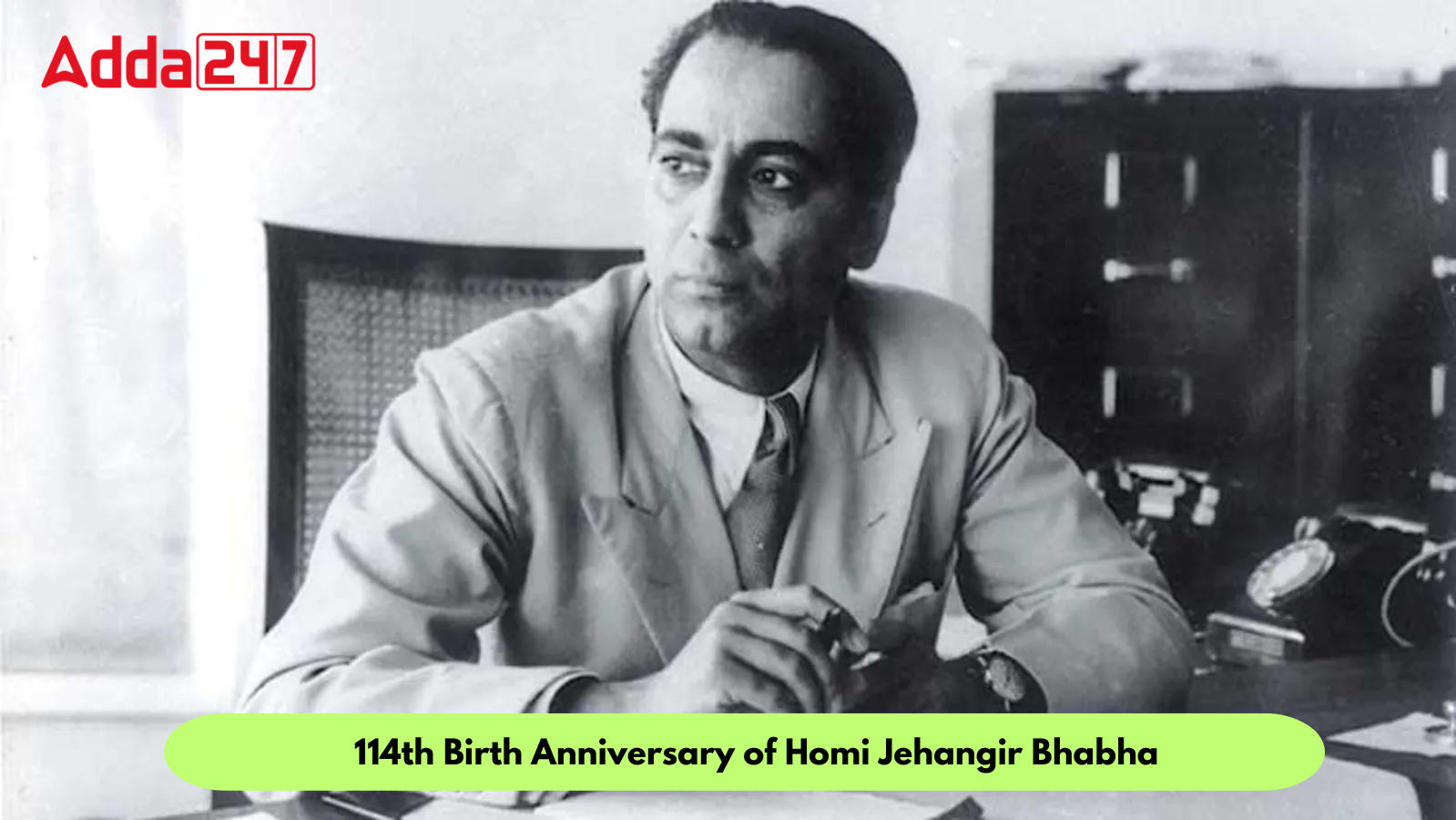Dr. Homi Jehangir Bhabha, born on October 30, 1909, was a renowned nuclear physicist and a key figure in shaping India’s scientific future. Here, we delve into his significant contributions, major achievements, and some lesser-known facts about this extraordinary scientist. Today, on his 114th birth anniversary, here’s a look at his major contributions, achievements and lesser-known facts about the renowned nuclear physicist.
Homis Jehangir Bhabha Biography
Contributions of Dr. Bhabha
Dr. Bhabha initially focused on positron theory and cosmic ray physics. However, his interests evolved over time, leading to groundbreaking contributions in the field of physics and mathematics. Notable achievements include:
- Bhabha Scattering: He explained relativistic exchange scattering, which is now known as ‘Bhabha Scattering.’
- Bhabha-Heitler Theory: Dr. Bhabha formulated the theory of the production of electron and positron showers in cosmic rays, called the ‘Bhabha-Heitler theory.’
- Relativistic Time Dilation: He predicted relativistic time dilation effects in the decaying of mesons.
Upon returning to India, he established the Cosmic Ray Research Unit and played a pivotal role in founding the Tata Institute of Fundamental Research in Mumbai. In 1944, he initiated research on nuclear weapons and established the Atomic Energy Commission.
Major Achievements
Dr. Bhabha’s contributions to atomic energy development extended his influence worldwide. Notable achievements include:
- UN Conference on Atomic Energy: He presided over the United Nations Conference on the Peaceful Uses of Atomic Energy in 1955.
- President of IUPAP: Dr. Bhabha served as the President of the International Union of Pure and Applied Physics from 1960 to 1963.
- Adams Prize: In 1942, he was honored with the Adams Prize by the University of Cambridge.
- Padma Bhushan: The Government of India awarded him the Padma Bhushan in 1954.
- Fellow of the Royal Society: He was recognized as a Fellow of the Royal Society, London.
Interesting Facts About Dr. Bhabha
Apart from his scientific prowess, Dr. Bhabha had diverse interests and a rich personal life:
- Collaboration with Niels Bohr: As a student, he collaborated with Nobel Prize winner Niels Bohr, contributing to the development of the Quantum Theory.
- Passion for the Arts: Dr. Bhabha was not only a scientist but also an art lover. He enjoyed painting, listened to classical music, and attended operas. Additionally, he had a keen interest in botany.
- Institutions He Founded: He served as the founding director and professor of physics at the Tata Institute of Fundamental Research (TIFR) and also established the Atomic Energy Establishment, Trombay (AEET), now named the Bhabha Atomic Research Centre in his honor.
- Dedication to His Work: Dr. Bhabha remained a bachelor throughout his life, devoting all his time and energy to scientific innovations and discoveries.
- Mysterious Demise: Tragically, on January 24, 1996, Dr. Bhabha died in a mysterious air crash near Mount Blanc. Speculations surrounding his death continue to suggest that he may have been targeted to disrupt India’s nuclear program.
Dr. Homi Jehangir Bhabha’s enduring legacy as the father of India’s nuclear program and his contributions to science, along with his diverse interests, continue to inspire and influence generations of young minds in India and beyond.



 Kargil Vijay Diwas 2024, Remembering Ind...
Kargil Vijay Diwas 2024, Remembering Ind...
 Important Days in July 2024, Check Natio...
Important Days in July 2024, Check Natio...
 National Brain Research Centre Celebrate...
National Brain Research Centre Celebrate...
